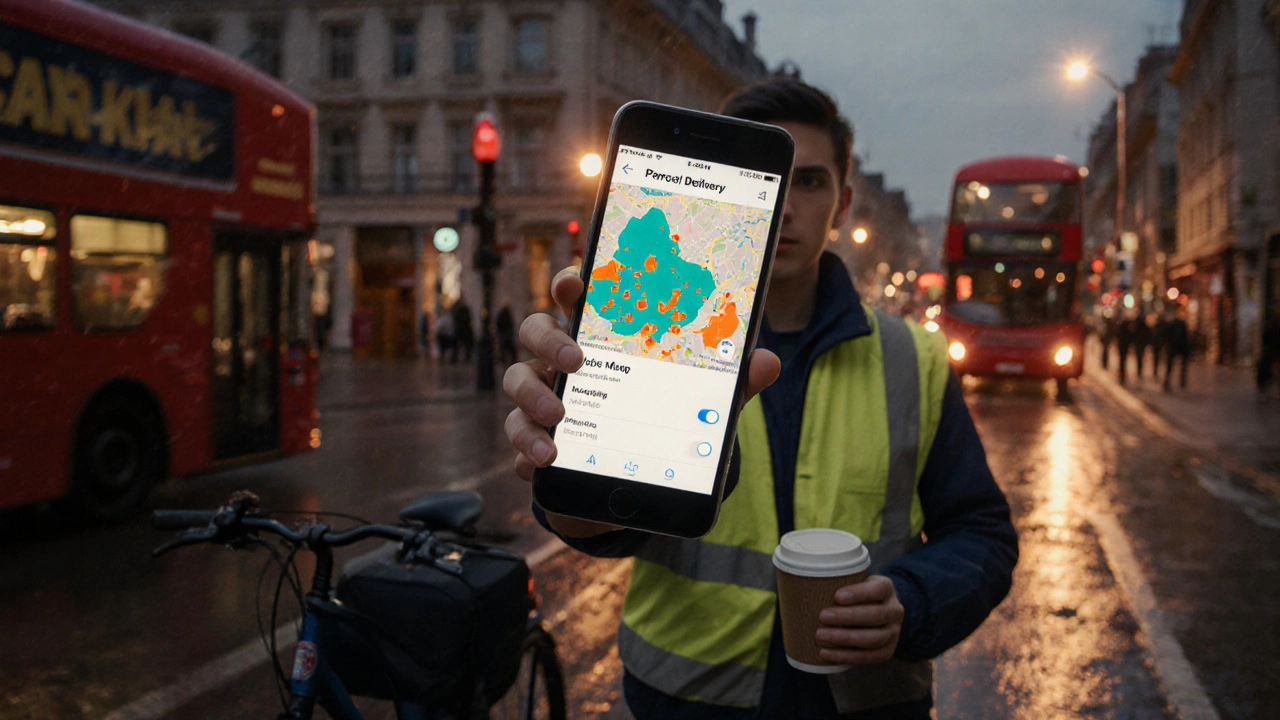Uber Courier: What You Need to Know
If you’ve heard about Uber branching into courier work, you’re not alone. Many small businesses and e‑commerce sites in India are testing Uber’s door‑to‑door delivery to cut costs and speed up shipments. In this guide we break down how Uber courier works, when it makes sense, and what to watch out for.
How Uber Courier Works
Uber connects drivers with parcels through its app, just like it does with rides. You book a pickup, a driver picks up the parcel from your warehouse or store, and drops it off at the customer’s address. The whole process is tracked in real time, so you can see when the driver is on the way, when they pick up the package, and when it’s delivered.
Pricing is usually calculated per kilometre plus a base fee. The rates are transparent in the app, so you know the cost before you confirm the job. Because drivers are already on the road, Uber can often offer faster pickup times than traditional courier firms that need to schedule a separate fleet.
When to Choose Uber Courier
Uber courier shines for short‑range, time‑sensitive shipments. If you need to get a small parcel across town within a few hours, it can be cheaper and faster than a full‑blown logistics provider. It also works well for businesses that don’t have a dedicated shipping team – you just place the request in the app and a driver shows up.
For larger, bulk shipments or long‑haul routes, a conventional freight service still makes more sense. Uber drivers typically carry smaller loads and may not have the equipment needed for heavy items.
Another advantage is flexibility. You can schedule a pickup for the same day, the next day, or even set recurring pickups for regular orders. The app lets you edit delivery instructions on the fly, which is handy if a customer changes the address at the last minute.
Keep an eye on driver ratings and delivery feedback. Since Uber drivers handle many types of rides, their experience with parcels can vary. Choose drivers with high ratings and read reviews from other businesses that have used the service.
Overall, Uber courier can be a smart tool for businesses that need quick, low‑volume deliveries and want to keep logistics simple. Pair it with your existing supply‑chain strategy to fill the “last‑mile” gaps without committing to a full‑scale carrier.
Ready to try it? Open the Uber app, select the courier option, and follow the prompts to enter pickup and drop‑off details. Watch the driver’s location in real time, and you’ll have a clear view of the whole journey.
By understanding the costs, the ideal use cases, and the driver selection process, you can turn Uber courier into a reliable part of your delivery mix.
Can You Use Uber as a Courier? A Practical Guide for UK Gig Workers
Learn how to become an Uber courier in the UK, from signing up and legal requirements to earnings, pros and cons, and tips for maximizing income.
Read More